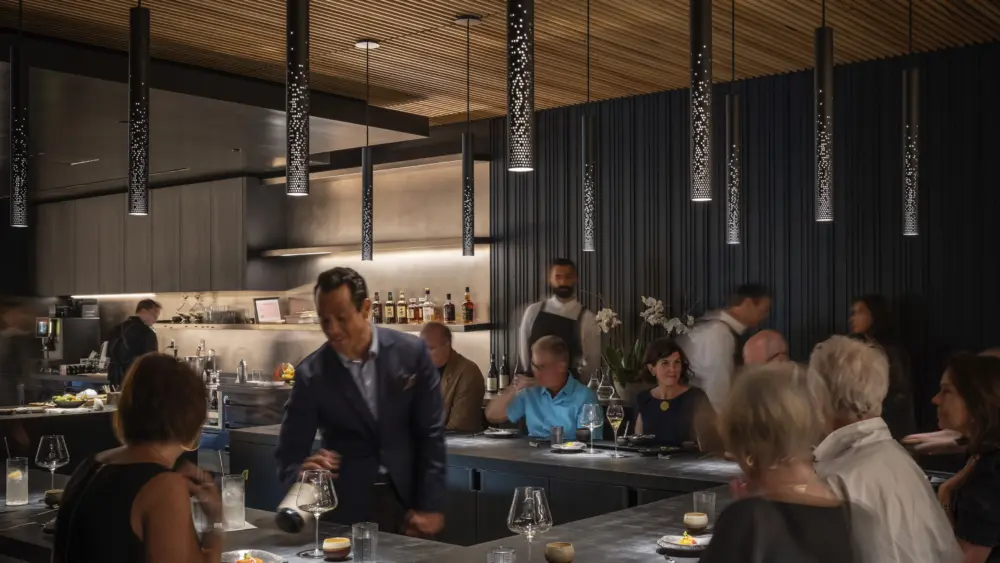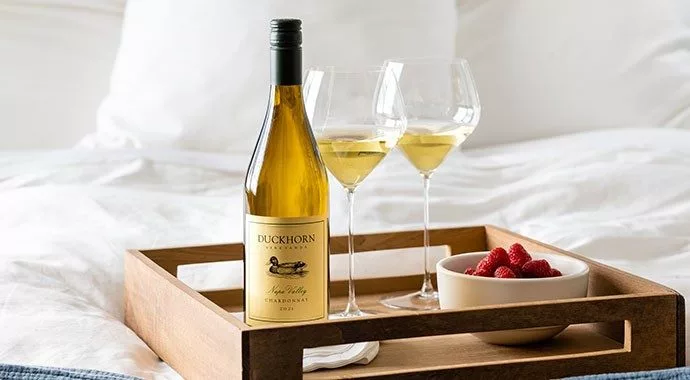In today’s wine industry, it’s become crucial that growers and wineries optimize vineyard investment dollars. The question becomes: How is that best done? Two traditional routes come to mind: the acquisition of an already-producing vineyard or a suitable site for ground-up development. There are also a couple of other appealing alternatives: long-term land leases (which can minimize upfront acquisition cost) and high-density planting (which can ultimately maximize return on investment).
Acquiring an already-producing vineyard
The most common form of acquisition is the purchase of an already-producing vineyard. The primary benefit is the immediate return on investment. A vineyard buyer avoids the three- to five-year development period and the accompanying planning, permitting and development hurdles. However, the vineyard buyers must take what they get. Existing vines can be more susceptible to disease, and older vineyards may be less efficiently developed and, consequently, unable to use more advanced farming techniques. Existing vines could mean accepting lower-quality fruit and, ultimately, the fruit may be incompatible with the grower’s or winery’s bottle programs. Noneconomic factors like these often weigh heavily in buyers’ decisions, especially in the North Bay where such a premium is placed on quality.
Acquiring a site for development
The primary incentive for ground-up development, and one that artisan producers covet, is the level of control the developer or farmer has over the site from day one. A vigneron can make development decisions such as rootstocks and clones, spacing and row direction, and can implement a site-specific farming plan to optimize fruit quality and yields for integrating the grapes into a specific bottle program. But this comes at a cost: time and money. Costs include those associated with acquisition and development, plus holding costs for a three- to five-year window prior to a first full crop set.
The importance of site selection
The North Coast appellations in Napa, Sonoma and Mendocino counties are widely regarded as areas for producing premium and ultra-premium quality grapes—and ultimately, wines. Selecting a premium site is paramount in achieving this level of quality. Depending on a producer’s specific wine program, quality sites could take on different forms: a producer of ultra premium Pinot Noir might seek out a small, low-yielding site in Anderson Valley; someone looking for a high-production site could find that in a large ranch in the Russian River Valley.
In either case, the individual must look at several measurable components of a particular site. These include the climate of the immediate area, the type and quality of the soils, slopes, aspect (the direction the slope faces) and other topographical elements such as tree cover and the amount of cleared land.
This research is complex and, aside from the fact that experts must be consulted in matters like climate and soil analysis, the various measurable components need to be tracked and analyzed for all the potentially suitable sites. Data management is a useful tool in this research and analysis process. Its use, in concert with satellite mapping, allows for a comprehensive comparison of all available and suitable sites.
It’s quite common that, since a land buyer’s site requirements can be very specific, suitable sites won’t be found through public marketing venues like a real estate multiple listing service. Transactions often take place in quiet, private sales. Land buyers will often retain the services of a viticulture consultant or specialized real estate professional to not only assess the site’s suitability for the buyer’s needs, but to contact owners directly to determine availability and whether an off-market deal can be negotiated.
Long-term land lease for development
Even if a land owner has no interest in selling, many do have an interest in earning income from agricultural uses on his or her property. Long-term land leases generate income for property owners and let growers develop and farm the land as they see fit without the initial outlay of cash required to purchase the site. The downside is, the lessee doesn’t enjoy the appreciation on the property over the life of the lease—typically 25 to 30 years. A common remedy is to include in the lease contract a right of first refusal to purchase the property should the owners opt to sell at any point during the life of the lease.
With credit markets remaining tight, long-term leases are an appealing option for all parties involved. Lessors are assured a stable source of income from their land, and lessees are able to develop a premium fruit source with minimized front-end costs.
Land purchase for high-density planting
An emerging alternative for maximizing return on investment on the purchase and development of vineyard land is through high-density planting. By decreasing the amount of vine and row spacing, the resulting smaller vines can carry less weight individually but collectively produce more fruit per acre. This can increase yields for a given site while still maintaining quality. The efficiencies of high-density planting allow for a smaller site to produce more fruit—which means lower land acquisition costs and even a lessened property tax burden. Perhaps most important, though, premium North Coast vineyard land is scarce—and expensive—so maximizing per-acre production is imperative. The downside is that site development and farming costs are considerably higher.
A final note
When investing in wine industry real estate, buying a planted vineyard is the best bet for maximizing return on investment in the first few years of ownership. But with the North Coast at the center of quality grape production in this country, buyers here often make decisions where non-economic factors aimed at quality override strictly ROI-based decisions. High-density planting is one way that quality and return on investment requirements can be addressed when investing in land for vineyards.
David Carciere (pictured) and Bob Gregg are partners at Vice Properties Inc. in Santa Rosa. You can reach David at (707) 479-2199 or david@firstleafland.com and Bob at (707) 227-0773 or bob@firstleafland.com. David also does sales and marketing at Suacci Carciere Wines in Sebastopol (www.suaccicarciere.com).



